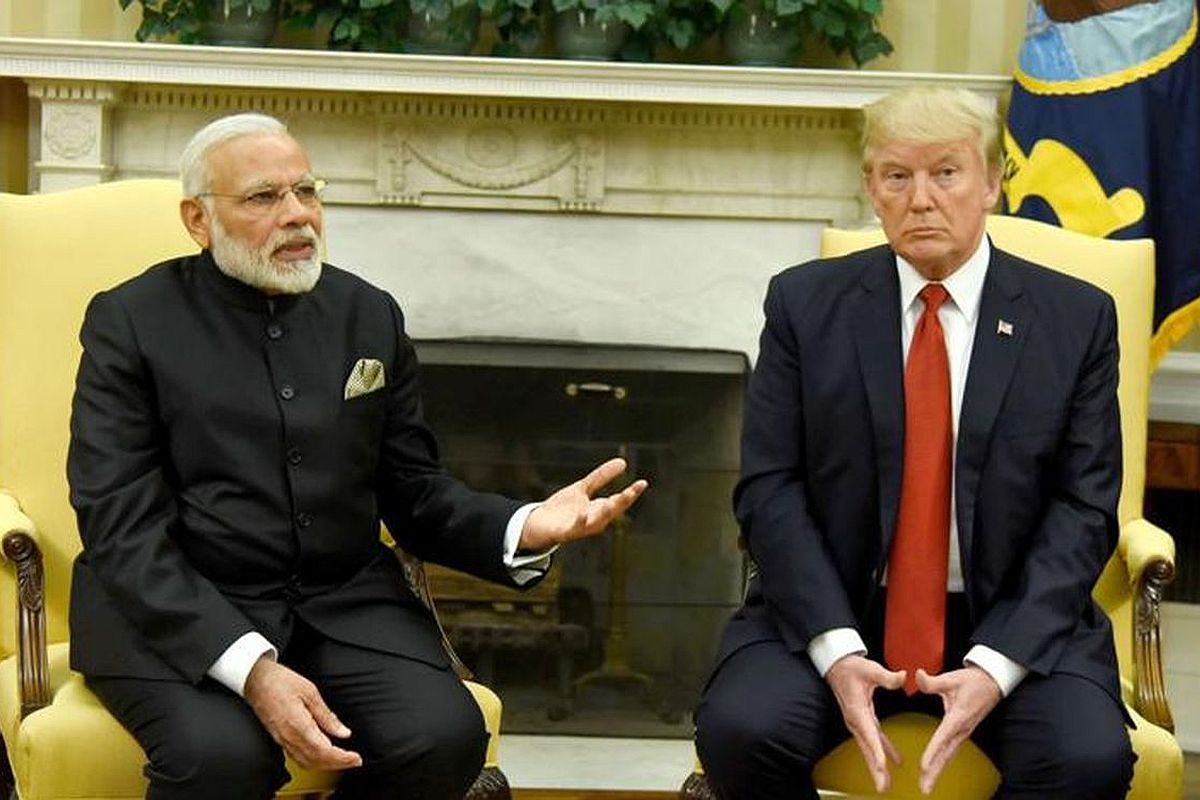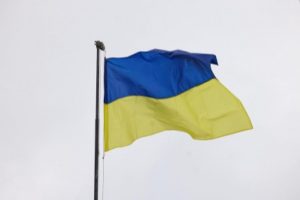Hours after US President Donald Trump said that he spoke with Prime Minister Narendra Modi over the Indo-Sino border dispute, while reiterating his offer to “mediate”, Government sources have contradicted the claim saying that the last conversation between the two leaders was on April 4 on the matter related to Hydroxychloroquine.
“There has been no recent contact between PM Modi and US President Trump. The last conversation between them was on 4 April, 2020, on the subject of Hydroxychloroquine,” said sources, according to media reports.
Advertisement
“Yesterday, the Ministry of External Affairs had also made it clear that we’re directly in touch with China through established mechanisms and diplomatic contacts,” they said.
In a startling claim, Donald Trump on Thursday said he had spoken to Prime Minister Narendra Modi, who is “not in a good mood” over the border row between India and China.
“They like me in India. I think they like me in India more than the media likes me in this country. And, I like Modi. I like your prime minister a lot. He is a great gentleman,” Trump said speaking to reporters at the Oval Office of the White House.
“They have a big conflict …India and China. Two countries with 1.4 billion people (each). Two countries with very powerful militaries. India is not happy and probably China is not happy,” the president said when asked if he was worried about the border situation between India and China.
“I can tell you; I did speak to Prime Minister Modi. He is not in a good mood about what is going on with China,” Trump claimed.
He then reiterated his offer to mediate in the matter saying, “If they thought it would help if I were the mediator or arbitrator, I would do that.”
He made the surprise mediation offer first on Wednesday amid heightened tensions at the Line of Actual Control (LAC) in eastern Ladakh and termed it as “now raging border dispute”.
“We have informed both India and China that the United States is ready, willing and able to mediate or arbitrate their now raging border dispute. Thank you!,” President Trump tweeted on Wednesday.
In a carefully crafted reaction to Trump’s offer to arbitrate, India on Thursday said it was engaged with China to peacefully resolve the border row.
“We are engaged with the Chinese side to peacefully resolve it,” External Affairs Ministry Spokesperson Anurag Srivastava said, replying to a volley of questions at an online media briefing.
“The two sides have established mechanisms both at military and diplomatic levels to resolve situations which may arise in border areas peacefully through dialogue and continue to remain engaged through these channels,” he said.
While the Chinese Foreign Ministry is yet to react to Trump’s tweet which appears to have caught Beijing by surprise, an op-ed in the state-run Global Times said both countries did not need such help from the US president.
“The latest dispute can be solved bilaterally by China and India. The two countries should keep alert on the US, which exploits every chance to create waves that jeopardise regional peace and order,” it said.
Trump’s unexpected offer came on a day when China took an apparently conciliatory tone by saying that the situation at the border with India is “overall stable and controllable.”
In Beijing, Chinese Foreign Ministry spokesman Zhao Lijian said on Wednesday that both China and India have proper mechanisms and communication channels to resolve the issues through dialogue and consultations.
Donald Trump had previously offered to mediate between India and Pakistan on the Kashmir issue, a proposal that was rejected by New Delhi, terming it as its “internal matter”.
Several areas along the LAC in Ladakh and North Sikkim have witnessed major military build-up by both the Indian and Chinese armies recently, in a clear signal of escalating tension and hardening of respective positions by the two sides even two weeks after they were engaged in two separate face-offs.
The nearly 3,500-km-long LAC is the de-facto border between the two countries.
Indian and Chinese troops have remained engaged in an eyeball-to-eyeball situation in several areas along the LAC in eastern Ladakh, signalling that the standoff could become the biggest military face-off after the Doklam crisis in 2017.
The situation in eastern Ladakh deteriorated after around 250 Chinese and Indian soldiers were engaged in a violent face-off on the evening of May 5 which spilled over to the next day before the two sides agreed to “disengage” following a meeting at the level of local commanders.
Over 100 Indian and Chinese soldiers were injured in the violence. The incident in Pangong Tso was followed by a similar incident in North Sikkim on May 9.
Meanwhile, the United States has accused China of engaging in provocative and coercive military and paramilitary activities with neighbouring countries including India.











